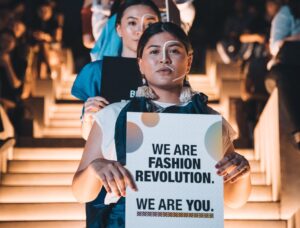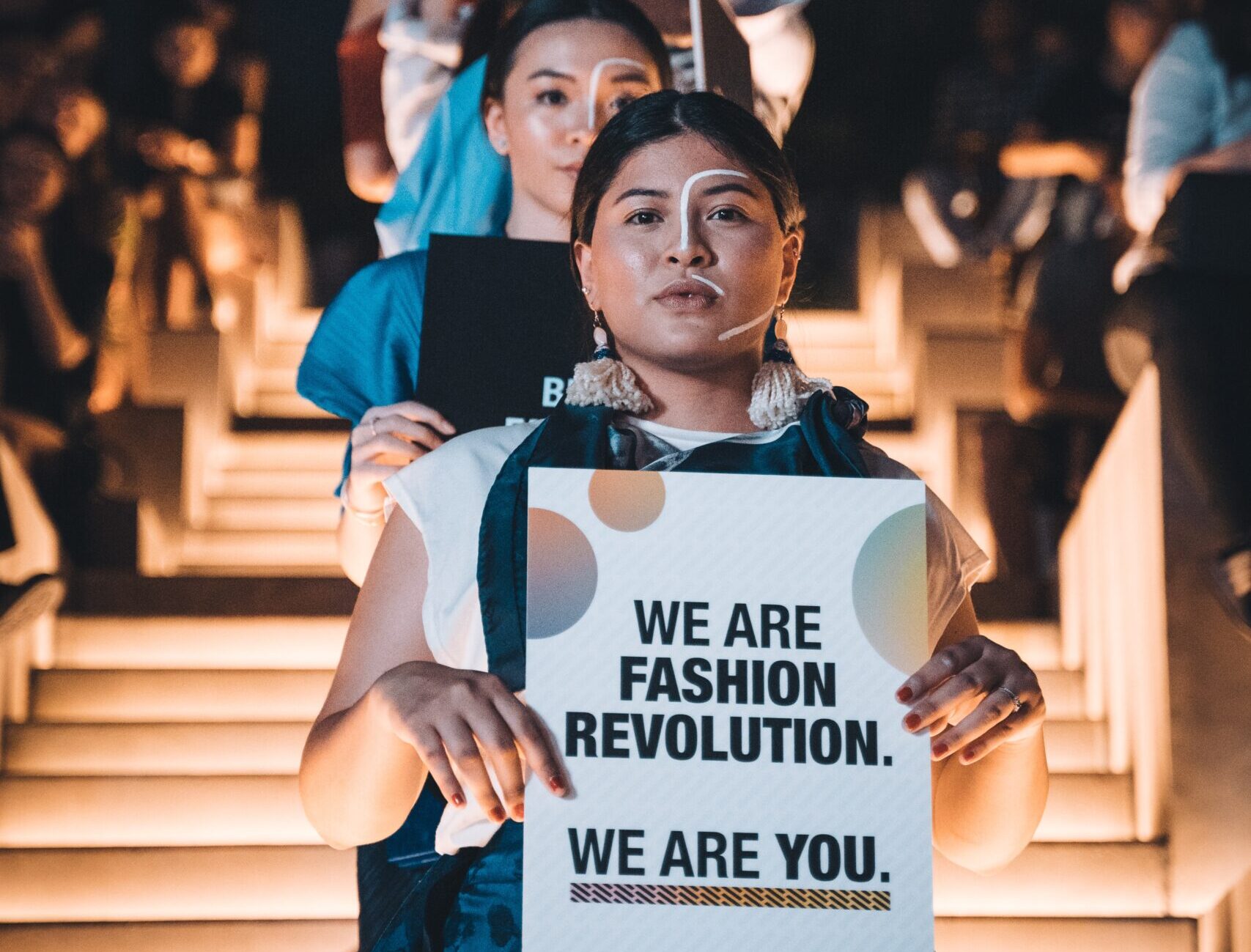Who wants to wear the same style for a decade before moving on to a new trend? And why should trendy fashion be reserved for just the catwalk or celebrities? Fashion as a form of self-expression and belonging should be available to all, on demand.

Fast fashion makes it possible. This movement brings the newest trends to the streets at cheap prices and record-breaking speeds as retailers race to deliver the latest and greatest fashion trends.
No need to wait until New York Fashion Week this fall to get ahead of the trends you see on TikTok. Get them now, get them fast, and get them cheap—because every week is Fast Fashion Week!
SPRING INTO THESE READY TO WEAR—AND TEAR—TRENDS
These styles are inspired by the versatility you need in this age of climate change. When the office AC and heater can’t keep up with the extreme temperature swings, dress these items up or down for a day in the office or a day around town.
What’s more, these fashions will have you feeling secure that your sartorial choices will leave a mark on society. Thanks to long-lasting plastic threads, future generations will be able to see what you wore for years to come—up to 200 years.

Satin Slip Dress
Fit: Slim fit
Composition: 100% polyester
Style: Timeless and Empowered
Go straight from desk to drinks with this dream. Dress it up with a cardigan or blazer at work, and then let loose for drinks after 5 pm.
As you embrace your femininity, feel confident that you’re sustaining women-operated industries. When you ask your boss for that promotion and close the gender wage gap, feel the support from women everywhere, including the women garment workers in Vietnam and Bangladesh who made your clothes at 55 cents an hour.
There’s something timeless about the sashay of silk. Now with synthetic microfibers, one-up your style by making your impact on soil and water timeless too. Look like a tall glass of water as you pollute the land and waters with each rub of friction-releasing polyester microfibers.
To ensure this dress keeps delivering classy vibes, just throw it in the wash and hang it to dry—no need to fear that small food or drink spill. And with over 1900 microfibers released in the washing machine from one polyester garment, who needs six degrees of separation when you can be one microfiber connected with a global food chain?

Baggy Cargo Pants
Fit: Belt loop waist with wide leg fit
Composition: 100% cotton
Style: Versatile and Earthy
Versatile for every gender and multiple occasions, throw it back to the 90s without sifting through endless racks of tired clothes at thrift stores. It’s always best to have as many new articles of clothing in circulation as possible. After all, the worn clothes you don’t want can be donated (for others to sift through) and eventually shipped to Africa where they don’t need their own local garment businesses.
As you feel good wearing your pants, knowing that they may have a second life with an African youth, you can also feel good knowing that you’re wearing 100% cotton. It’s au naturale, including the fact that cotton has the highest water footprint of any fashion fiber.
Grown from the Earth, the cotton, water, and 466 grams of chemicals per kilogram of textile that become the cargo pants will return to the Earth either as toxic materials degrading in the landfill or as greenhouse gas emissions if the pants are incinerated for energy production.
A beautiful circle of life: versatile in life, and versatile in death.
Super Crop Sweater
Fit: Flounce sleeves
Composition: 83% Polyester, 17% Rayon
Style: Nostalgic and Sweet
Do you identify as a bit of an old soul? This piece knits together the old with the new with each thread of its human-made fibers. Bring back knitted sweaters with the spunk and spark of a new generation.
Show off your best assets with this cropped knitted sweater. By assets, we obviously mean your climate activism work. Promote your activism in style as you ironically wear “Made in China” clothes that have a 40% larger carbon footprint than textiles from Europe or Turkey. Advocate for renewable energy to your climate-denying grandmother wearing a delicate accessory made from coal-fired plants in China for a delicate conversation.
You would never guess that this sweater was made of synthetic fibers derived from petroleum—that nonrenewable fossil fuel that’s harvested to the detriment of the surrounding environment to make gasoline, plastic, oil, and other products that release large quantities of carbon dioxide emissions and warm the planet—because of how soft it is!

FALL IN LOVE WITH FASHION AGAIN
Fashion can still be a form of self-expression and belonging without exploiting the environment and human labor.
There is no denying that fast fashion leads to fast environmental degradation. Synthetic fibers are cheaper than natural fibers, demand is increasing from consumers from developed nations, and clothes are only used for 3 to 3.5 years. This leads to more synthetic consumption, and therefore more greenhouse gas emissions, polluted wastewater, landfill waste, and microfibers in the environment.
The textile industry causes 10% of global greenhouse gas emissions, and your consumer choices can help mitigate that. British designer Vivienne Westwood sums up easy action steps with, “Buy less, choose well, make it last.”
- Buy less: breathe new life into your existing clothes by styling them differently or transforming them into new items.
- Choose well: buy high-quality garments that have a low environmental impact, and/or buy second hand. Supporting sustainable brands (beware of greenwashing!) with transparent supply chains and fair wages is important.
- Make it last: treat your clothes well by following care instructions and mending them. Wear them until they are worn and recycle them at the end of their life.

Thank you for this post! It sheds light on the impact of fast fashion on the environment and offers valuable insights on making conscious fashion choices. The blend of style and sustainability is crucial for a better future. By embracing the principles of buying less, choosing well, and making garments last, we can contribute to reducing greenhouse gas emissions and waste in the textile industry. Let’s strive for fashion that expresses our individuality without compromising the planet or exploiting human labor.